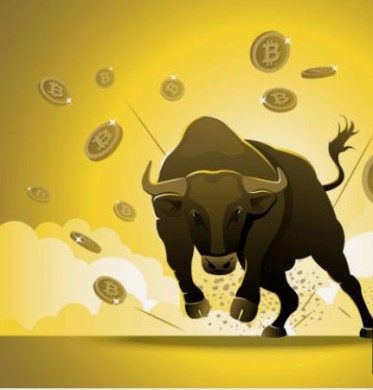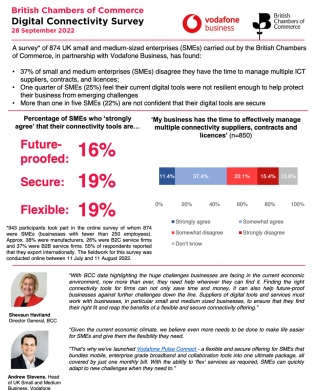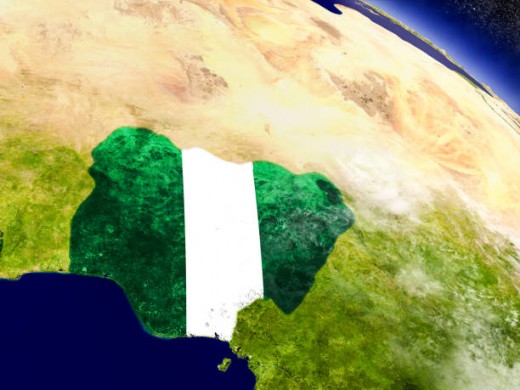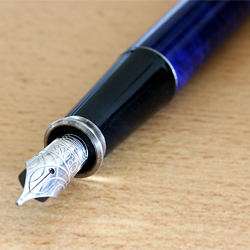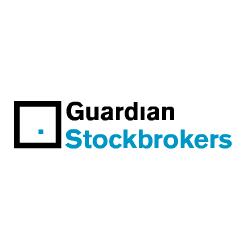At last I have some money to spend on shares. I analysed Braemar (LSE:BMS) in March and N Brown (LSE:BWNG) in May when I was skint, and thought they were both good value investments.
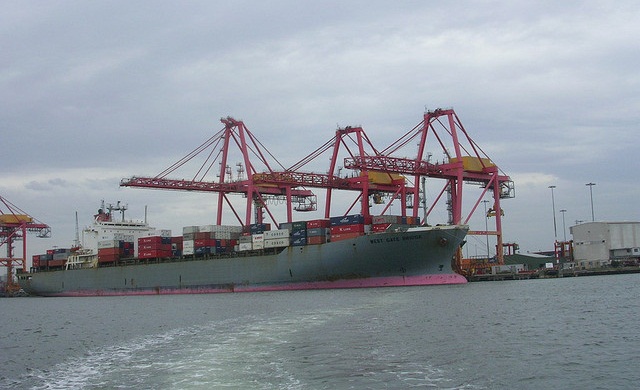
Since then, unfortunately, Braemar has risen from 260p to 285p (9.6%) and N Brown a whopping 18% from 268p to 317p in under two months. Those of you who bought back in the spring should be congratulated – I’m only a little jealous.
I’ll summarise my earlier analysis of Braemar in today’s Newsletter, with some updating. In tomorrow’s Newsletter I’ll look at the recent trading results published for N Brown together with a synopsis of the earlier analysis and decide whether to buy.
Braemar Shipping Services
Back in March I noted that Braemar displayed high profits in each of the ten years to 2016, but the share price was down due to worries over the hard-hit interims to August 2016.
A January 2017 profit warning did not help (unless, of course, you are a value investor with a long time horizon looking to buy into a sound company with temporary problems). The share price halved from over £5 to £2.60 over two years to March 2017.
In the table below I’ve included the earnings for the year to February 2017 which were only published in May. This last year was a bad one, but despite the recent fall the average earnings per share over the last decade are over 32.2p (38p is we take underlying earnings) and so the cyclically adjusted price earnings ratio, CAPE, is way below the UK market average of 15, even now that the share has reached £2.85.
|
Year to February |
Underlying earnings per share (p) | Basic earnings per share (p) |
Dividend per share (p) |
| 2017 |
8.7 |
-1.66 |
14 |
| 2016 |
34.7 |
23.23 |
26 |
| 2015 |
32.28 |
10.04 |
26 |
| 2014 |
33.51 |
21.38 |
26 |
| 2013 |
34.41 |
32.84 |
26 |
| 2012 |
33.84 |
33.84 |
26 |
| 2011 |
48.4 |
48.4 |
26 |
| 2010 |
47.93 |
47.93 |
25 |
| 2009 |
56.7 |
56.7 |
24 |
| 2008 |
48.99 |
48.97 |
23 |
Shipping and offshore service work is a classic example of a cyclical business, or at least one that has booms and busts, if not neat cycles. We are currently in a bust. Eventually a boom will come.
While individual operating business units can be volatile, Braemar has a half-dozen or so brands and dozens of business operations ranging from ship-to-ship transfer of cargo in Singapore to brokering the hiring of oil tankers in London. So even if some of the business areas are in a slump the extent of the company’s diversification makes it more stable than any one of its underlying markets on its own.
Significantly, for a company whose share price has halved, it paid a final dividend of 5p, making 14p total for the current year. That is a dividend yield of 14p/285p = 4.9%.
Financial distress?
Looking for signs of financial distress using Piotroski analysis I found a score of 7 based on annual accounts to February 2016, a score of 5 based on the interims to August 2016. The February 2017 score of 5 can be regarded as good, indicating low levels of distress, especially in light of the net cash (£7.1m) and positive cash flow.
Competitive positioning
This industry benefits from having only a few rivals, which may result in implicit cooperation on price, as well as limited potential for new entrants to attack the incumbents because they have strong long-term relationships with clients (some “customer captivity”).
The industry might also benefit from supplie………………………………………To read the rest of this article, and more like it, subscribe to my premium newsletter Deep Value Shares – click here http://newsletters.advfn.com/deepvalueshares/subscribe-1


 Hot Features
Hot Features

